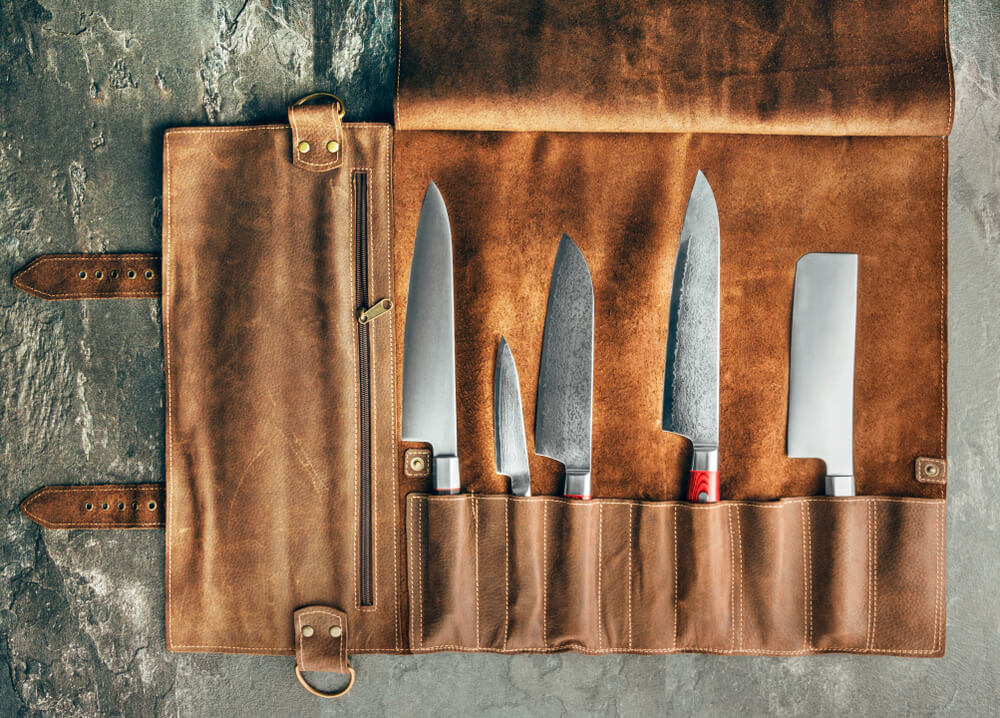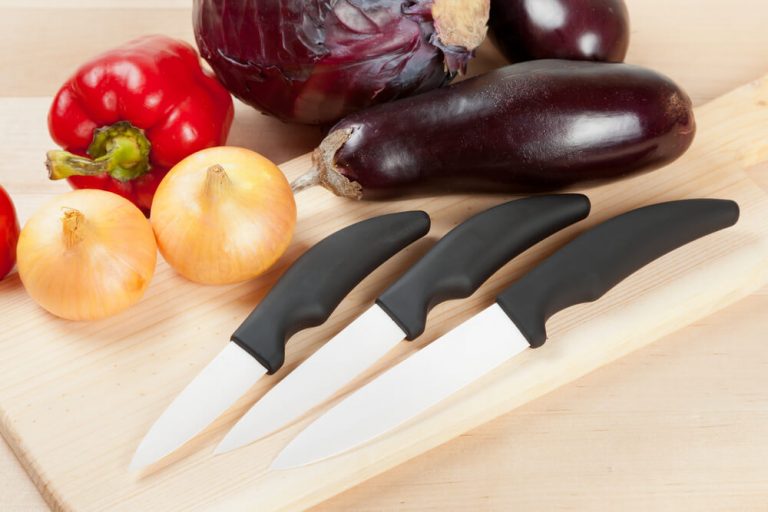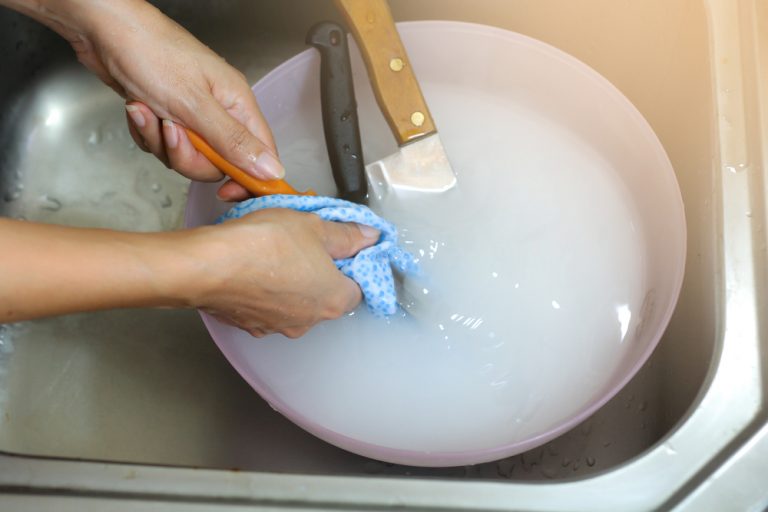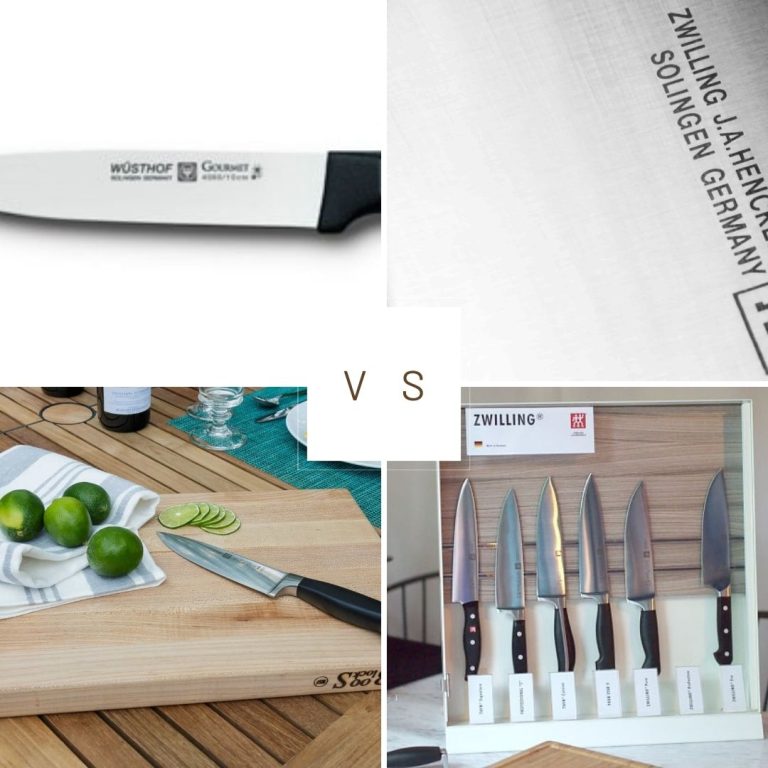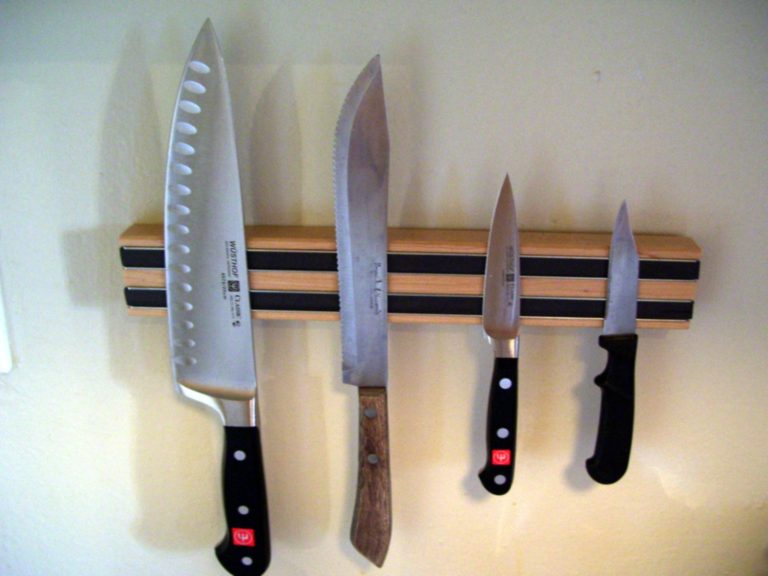When it comes to cooking, there are few things as important as the tools you use. Take knives, for instance. A good set of blades can make all the difference when it comes to how much enjoyment you get out of your time in the kitchen. Unfortunately, good knives don’t come cheap, and that’s especially true if you’re looking for top-quality Japanese cutlery. Why Are Japanese Knives So Expensive?
There are many reasons why these blades cost so much, but they all boil down to a few key factors. Here is why Japanese knives are so expensive. There are many types of knives chefs might need in their kitchens. From butchering cleavers to paring knives and even steak knives. These all. can make chopping up ingredients easier. However, if you’re going to invest in some high-end cutlery, it probably won’t be any of those aforementioned varieties. Rather than just one style, Japanese knives cover practically every blade type imaginable.
In this article
Table of Contents
Why Are Japanese Knives So Expensive?
Japanese knives are famed for their exceptional sharpness. Indeed, they are so sharp that they can even be dangerous to use! The reason they are so sharp is that they’re made of a special blend of steel. The majority of Japanese knives use a mix of carbon, chromium, and tungsten. The metals help create a sharp jo that can slice through the toughest ingredients. The steel has been folded over on itself many times to make this exceptional sharpness. This creates a blade that is sharper and stronger than most other knives. These qualities are what make Japanese knives worth their high price tag. They’re not just sharp; they’re also made with the best quality materials and crafted by skilled hands.
May also want to know How to Store Knives Long Term
Some reasons why Japanese knives are so expensive.
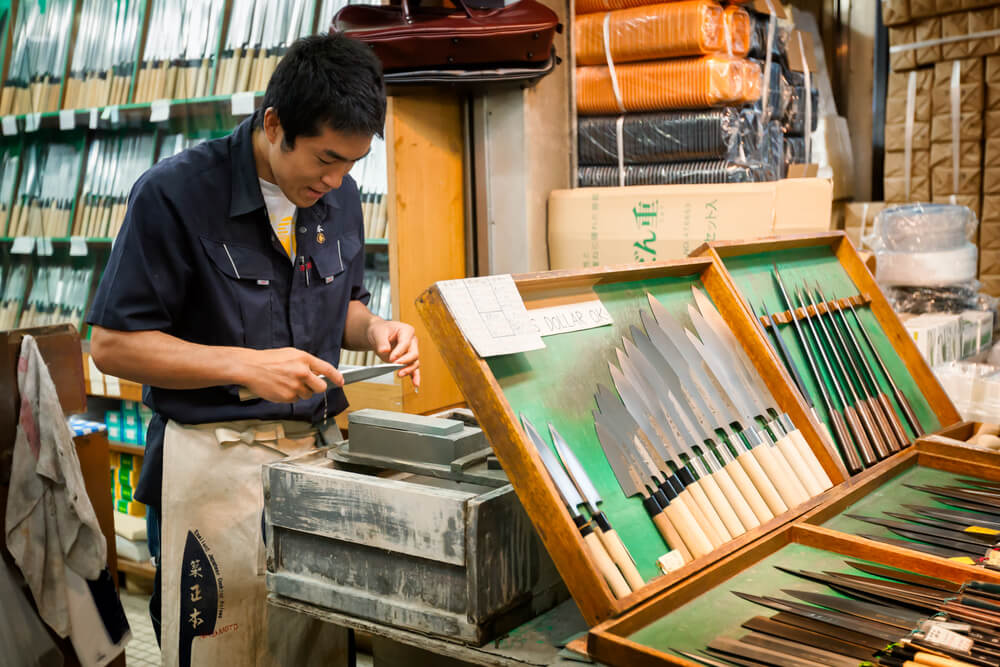
There are many reasons why Japanese knives are so expensive. Here are some important reasons.
- Material Quality
- The Hand-crafting Process
- Prestige and Branding
- Limited Production Runs Are Also Costly
Material Quality
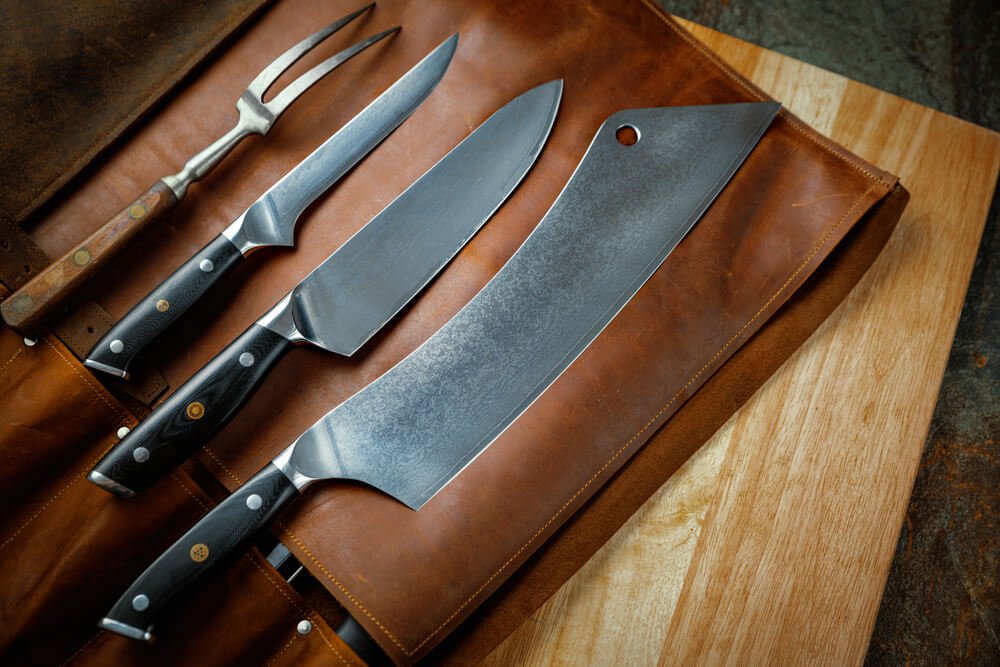
Depending on what kind of steel you want for your blade, you’ll probably want a Japanese blade. But when it comes to Japanese steel, there are two options: carbon steel and stainless steel. The first thing you need to know about these two types of blade material is that they’re very different. Carbon steel is great for resisting the forces put on a blade during cutting, but it isn’t very resistant to rust. Stainless steel, on the other hand, is excellent at resisting rust but isn’t great at resisting pressure. What this means is that if you’re looking for the highest-quality steel possible, you’re going to want a carbon steel blade. Unfortunately, though, carbon steel is also incredibly susceptible to rust. That’s why many Japanese blades are stainless steel: it’s a great combination of pressure resistance and rust resistance.
The Hand-crafting Process

As we’ve already established, Japanese knives are extremely high quality. In order to turn out blades with such sharp and durable edges, though, a lot of attention has to be paid to the manufacturing process. This is especially true when compared to the methods used to create cheaper knives. There are multiple different ways to make knives, but the most common method is to forge the metal.
In this method, two pieces of metal are hammered together. This creates shape and hardness. The resulting sharpness is specific to the type of knife being manufactured. That said, forging is a lengthy, difficult process, and it can’t be done on a large scale. This means that, in order to meet demand, cheaper knives have to be mass-produced. This often means that blades are stamped out of a single, flat piece of metal with a mold. This method is much quicker and more efficient, but it also results in blades that aren’t as strong and don’t stay sharp for as long.
Prestige and Branding
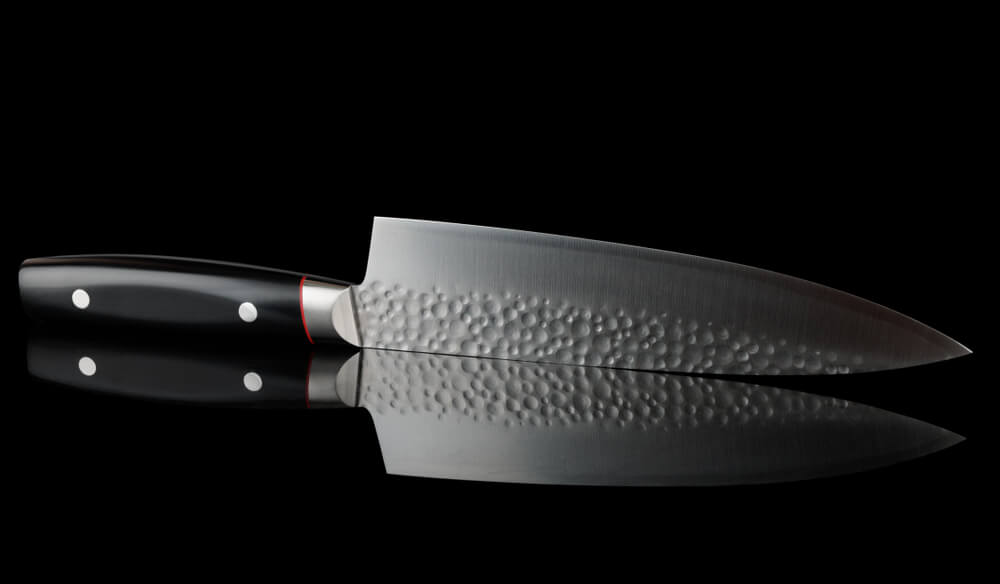
Knives are a very personal item, and the fact that they’re used in a kitchen only serves to make this fact even more obvious. What this means is that there is a lot of room for personalization and customization. Indeed, many people choose the type of knife they want to use and the design they want it to have. This means that there is a lot of money to be made in the cutlery industry by focusing on branding. Of course, a company must start with high-quality materials and pay special attention to how it’s made. By branding themselves as an elite cutlery brand, a company can charge extra and still turn a profit.
Limited Production Runs Are Also Costly
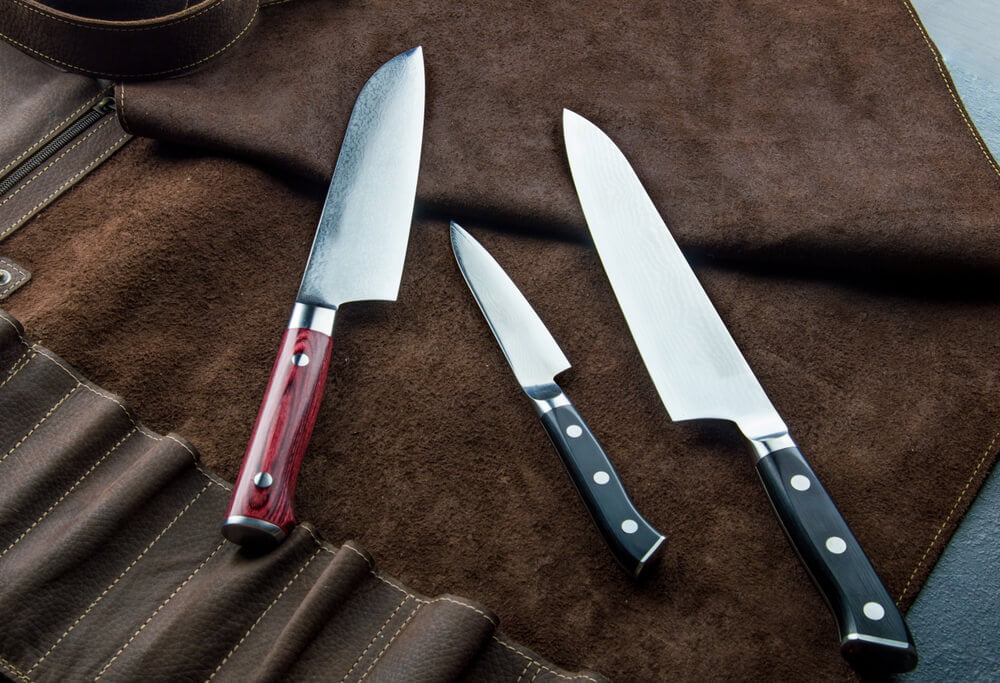
Some knife brands make limited runs of certain models at extremely high prices. Why do they do this? It’s all about demand and supply. If a knife company is making a limited run of a knife, that essentially means it’s only making a small quantity. When a company only makes a small quantity of a product, that means that that product is in high demand. This means demand for that item is likely to be really high. Often, the reason a company makes a limited run of a particular knife isn’t to help with reselling. Knives are publicized to be so hard to resell, that the company making a limited run to sell them. This means that, if a company lowers the supply of a certain model, it’s likely to drive up demand for it and increase the price.
The importance of High-Quality Steel
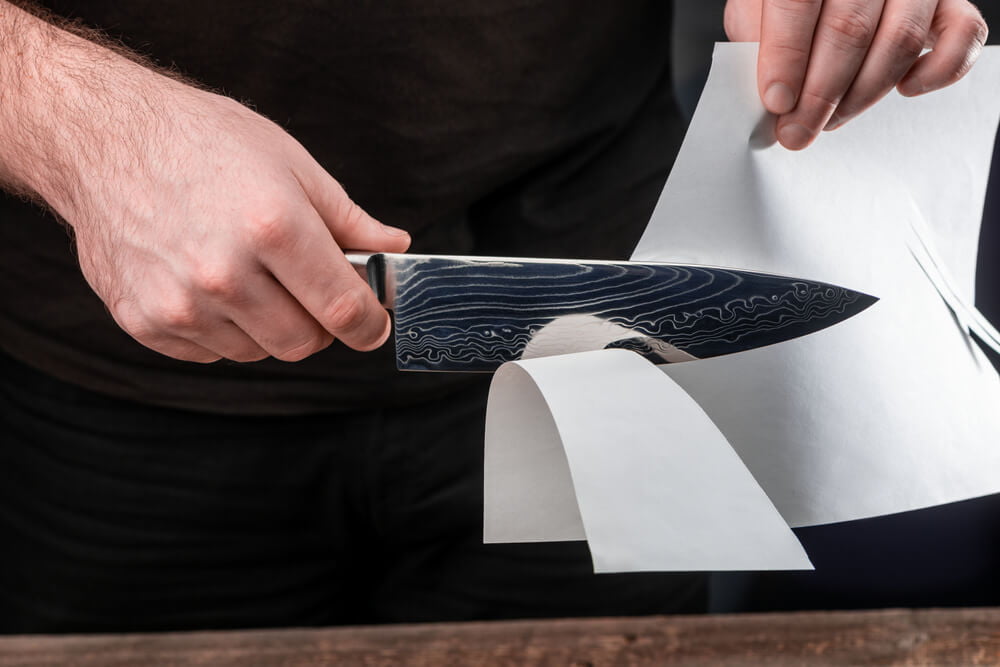
Knives are composed of a few crucial components that make them work as successfully as they do. First and foremost, of course, is the blade itself: the thing that actually cuts the ingredients up. It’s important to note, however, that the blade’s material isn’t the only part that matters when it comes to cutting. In fact, one of the most important aspects of a blade is what happens when it’s put under pressure: how well does it resist the force applied to it?
The majority of kitchen knives are made from carbon steel, which is great for resisting the force of cutting. The problem is, though, that this material isn’t particularly rust resistant. That means, if you leave it wet, it’ll rust quickly. To get around this, cooks have to make sure they dry their blades off as soon as they’re done using them. However, if you’re looking for a more rust-resistant blade, then stainless steel is a great option. Unfortunately, though, it’s also more brittle than carbon steel, so it’s not great for resisting the forces a blade is put under. Japanese knives are made of high-quality steel which is more expensive than other steel.
Why Handmade Knives are More Expensive
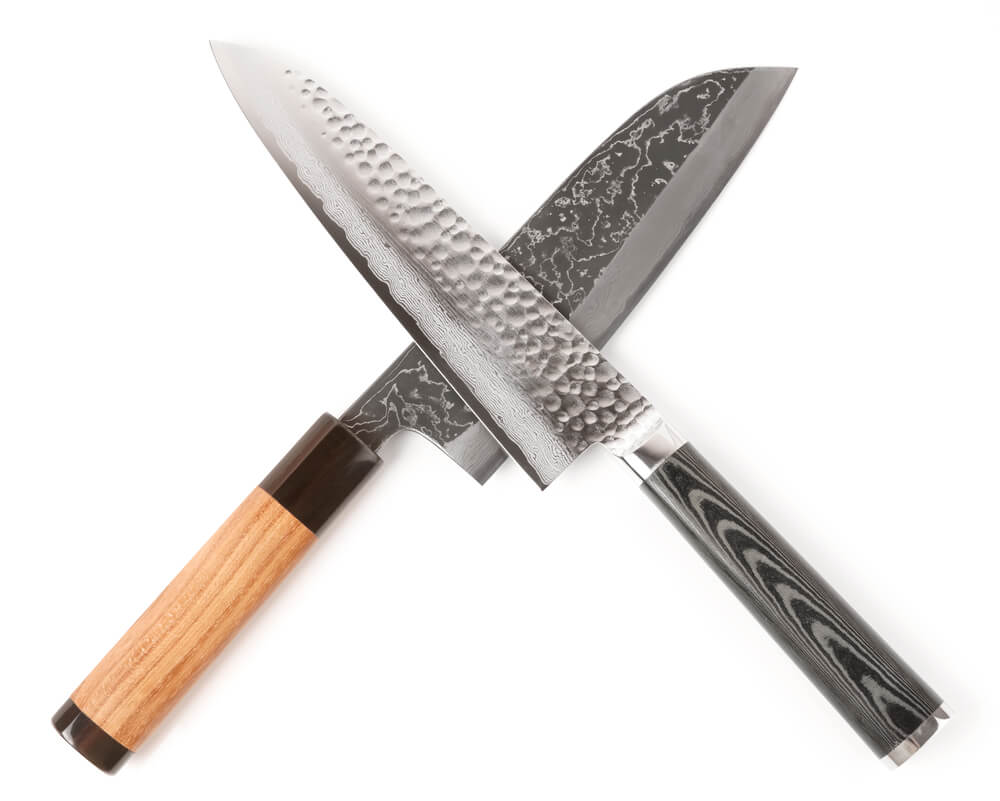
One thing that’s certain is that handmade knives are more expensive than their machine-made counterparts. One reason is that handmade knives are more expensive than those made by machines. For example, handcrafted knives are usually made from higher-quality steel. Stainless steel is great for resisting rust, but it isn’t as good for cutting ingredients. Carbon steel is much better for this and is also rust-resistant. Another reason that handmade knives are more expensive is that they are made by hand. This makes it quicker and more expensive to produce. Finally, handmade knives are often sought-after collector’s items that can be very expensive.
The price range of Japanese knives

When you see a set of Japanese knives, you know something is different. The forged blades are incredibly sharp, as well as durable and strong. The hand-crafted handles are of the highest quality, and the more you use them, the better they get. The only problem is that these knives are extremely expensive. $100 for a single blade is a lot of money, even when you’re talking about high-quality blades. However, if you’ve got the money and you want some of the best cutlery you can buy, then, by all means, go for it! Make sure you buy a good knife, for under $50. Anything under $100 will be low grade and anything over $100 is more than decent in our opinion!
FAQ
What is unique about Japanese knives?
Japanese knives are made of expensive materials such as high-quality steel and sharpen blades.
Why can’t everyone use Japanese knives?
The high price of Japanese knives is one of the biggest reasons they’re not used by many people in the kitchen, despite the superior quality. If you’re interested in getting your hands on a set of these blades, then you’ll need to start saving some money.
For instance, you could choose to invest in a good chef’s knife. Then save up for a high-quality pair of Santoku knives. Buy a can of good quality, knives, and you’ll be able to purchase blades to have on hand at all times. They can be stored in the kitchen or dining room to use when you need them.
Conclusion
When it comes to high-quality Japanese cutlery, there’s no question that it’s worth the money. The fact is, handmade Japanese blades are often works of art, with exceptional craftsmanship and design. They’re also made from materials of the highest quality; you can cringe at putting one of these beautiful blades in a dishwasher! Most importantly, though, Japanese knives are likely to last you a lifetime—and maybe even longer. When it comes to a high-quality set of cooking tools, you can’t get much better than a set of Japanese blades.

